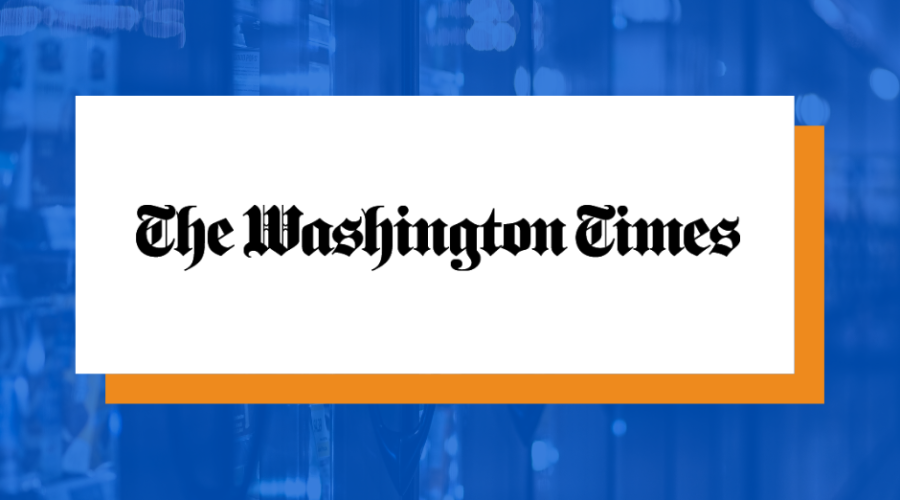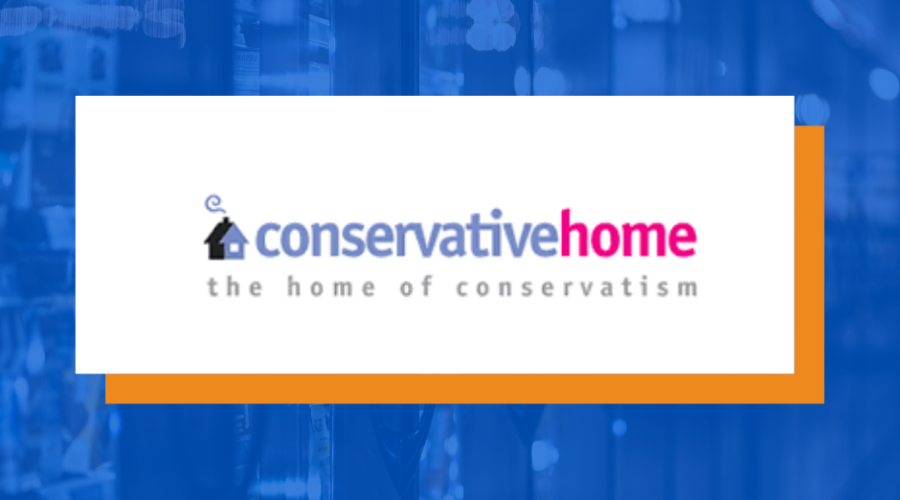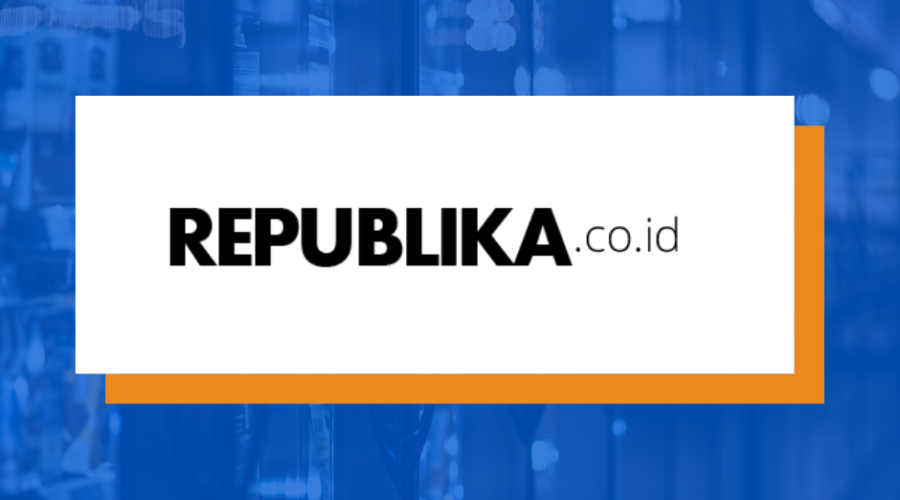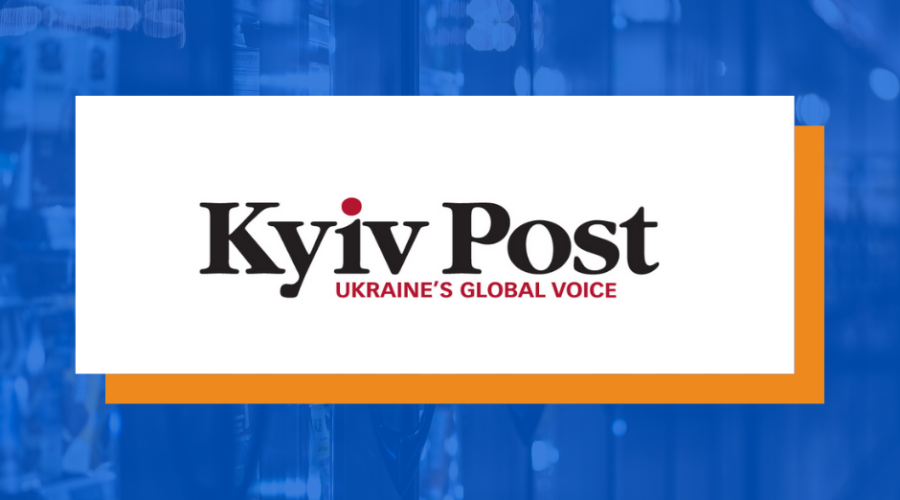Taxing sugary drinks unlikely to cut Newfoundland and Labrador obesity rates
Newfoundland is creeping toward a fiscal cliff.
The province’s debt load is more than $12 billion, which is approximately $23,000 per resident. COVID-19 has obviously worsened that troubling trend, with this year’s budget deficit expected to reach $826 million.
Just this week legislators proposed a handful of tax hikes to help cover the gap, ranging from increasing personal income tax rates for the wealthier brackets, increasing taxes on cigarettes, and the outright silly concept of a “Pepsi tax.”
In one year’s time, the province will implement a tax on sugary drinks at a rate of 20 cents per litre, generating an estimated almost $9 million per year in revenue.
Finance Minister Siobhan Coady justified the tax, beyond the need for revenue, stating that the tax will “position Newfoundland and Labrador as a leader in Canada and will help avoid future demands on the health-care system.”
When described like that, a Pepsi tax sounds harmonious. Who doesn’t want to curb obesity and generate revenue?
Unfortunately for supporters of the tax, the evidence isn’t really there.
In one year’s time, the province will implement a tax on sugary drinks at a rate of 20 cents per litre, generating an estimated nearly $9 million per year in revenue.
Unfortunately for supporters of the tax, the evidence isn’t really there. In one year’s time, the province will implement a tax on sugary drinks at a rate of 20 cents per litre, generating an estimated nearly $9 million per year in revenue.
Regressive taxes
Consumption taxes like this are often highly regressive, meaning that low-income residents bear most of the burden, and are ultimately ineffective in achieving their public health goals.
Looking to Mexico provides a good case study on the efficacy of soft drink taxes. With one of the highest obesity rates in the world, Mexico enacted a soft drink tax, increasing prices by nearly 13 per cent, with the goal of reducing caloric intake. A time-series analysis of the impact of the tax showed that it reduced consumption of these drinks by only 3.8 per cent, which represents less than seven calories per day. Estimates from Canada also show the same. When PEI’s Green Party proposed a soft drink tax of 20 per cent per litre it was only estimated to reduce caloric intake from soft drinks by two per cent, which is approximately 2.5 calories per day.
While these taxes do in fact reduce consumption to some degree, the reductions are so small that they have virtually no impact on obesity rates. To make matters worse, taxes like this aren’t just ineffective in combating obesity, they are heavily regressive. Looking again at the data from Mexico, the tax they implemented was largely paid for by those with a low socioeconomic status.
In fact, a majority of the revenue, upwards of 63 per cent, was generated from families at, or below, the poverty line. If we take the province’s estimation of $9 million a year in revenue, it is reasonable to assume that $5.67 million of that revenue will be coming from the pockets of low-income Newfoundlanders.
In other jurisdictions south of the border, like Cook County Illinois, no soda tax has avoided the uncomfortable reality of being incredibly regressive, which is partly why they eventually abandoned the tax altogether.
Doubtful benefits
Newfoundlanders need to ask themselves, is it worth implementing a heavily regressive tax on low-income families to move the needle on obesity by a few calories a day? I’d argue that the negatives of the tax far outweigh the benefits, and that’s before business impacts enter the equation. This also happens to be the same conclusion found in New Zealand.
The New Zealand Institute of Economic Research, in a report to the Ministry of Health, stated that “We have yet to see any clear evidence that imposing a sugar tax would meet a comprehensive cost-benefit test.”
While both budget shortfalls and obesity are serious problems, a “Pepsi tax” isn’t a serious solution.
Originally published here.










